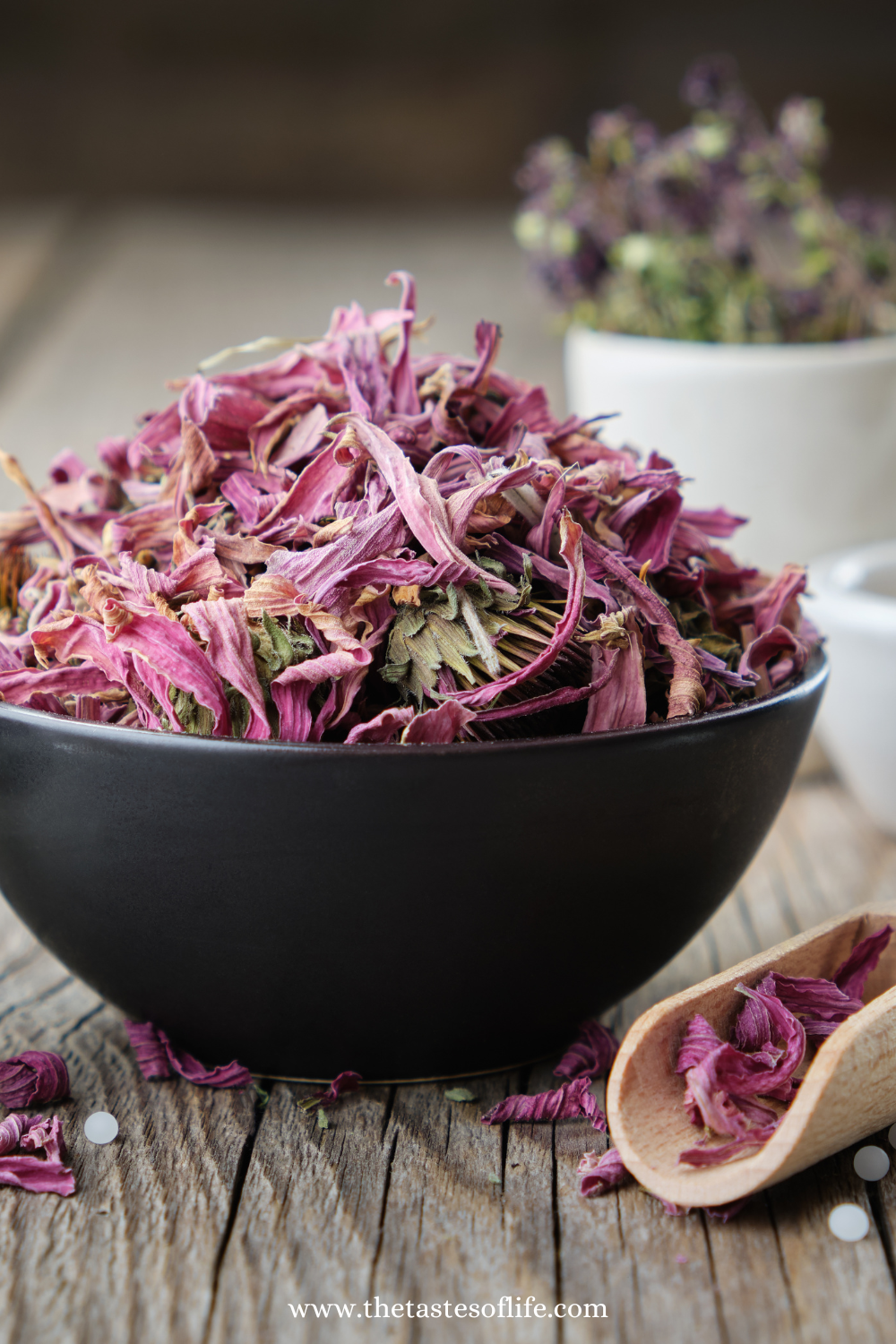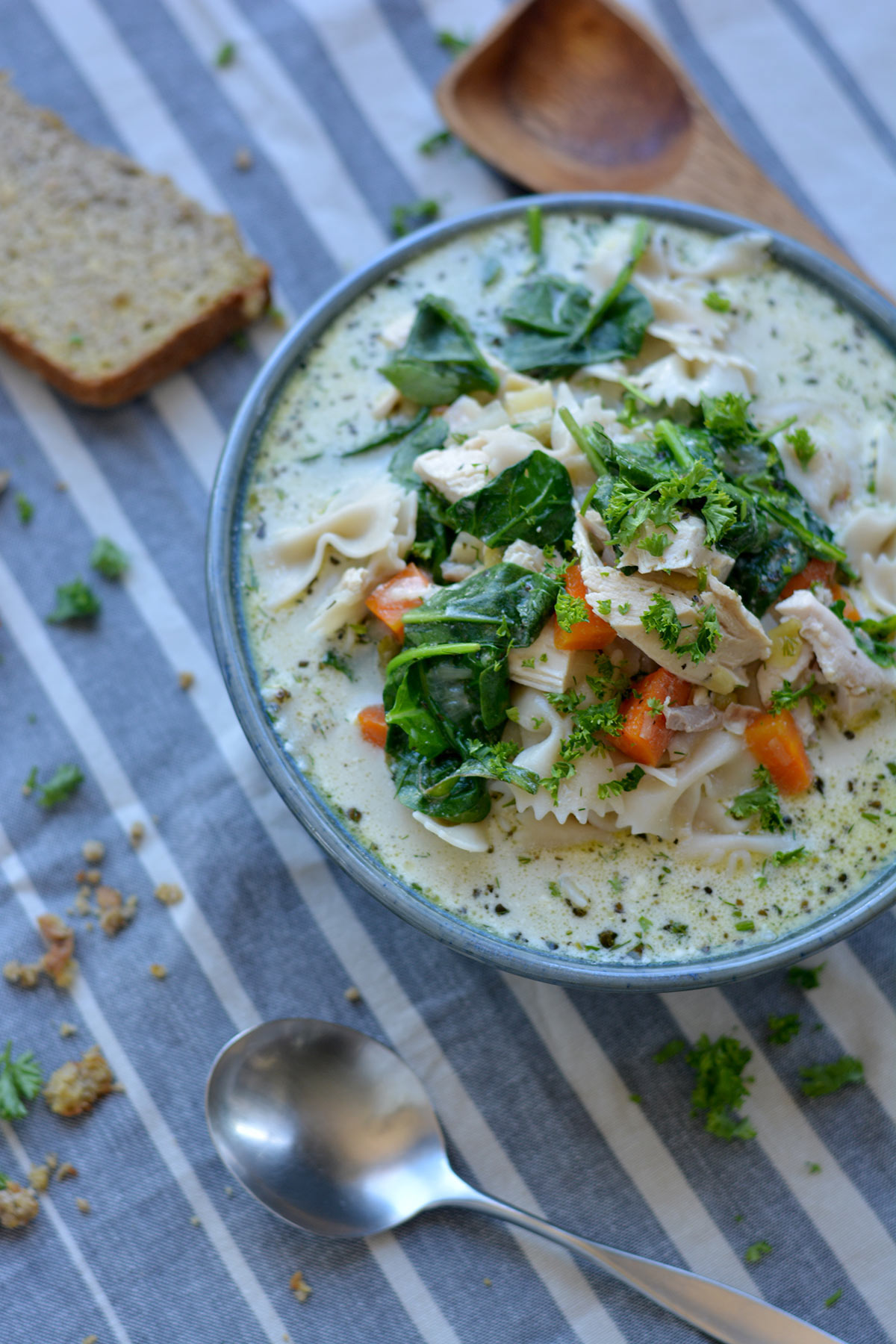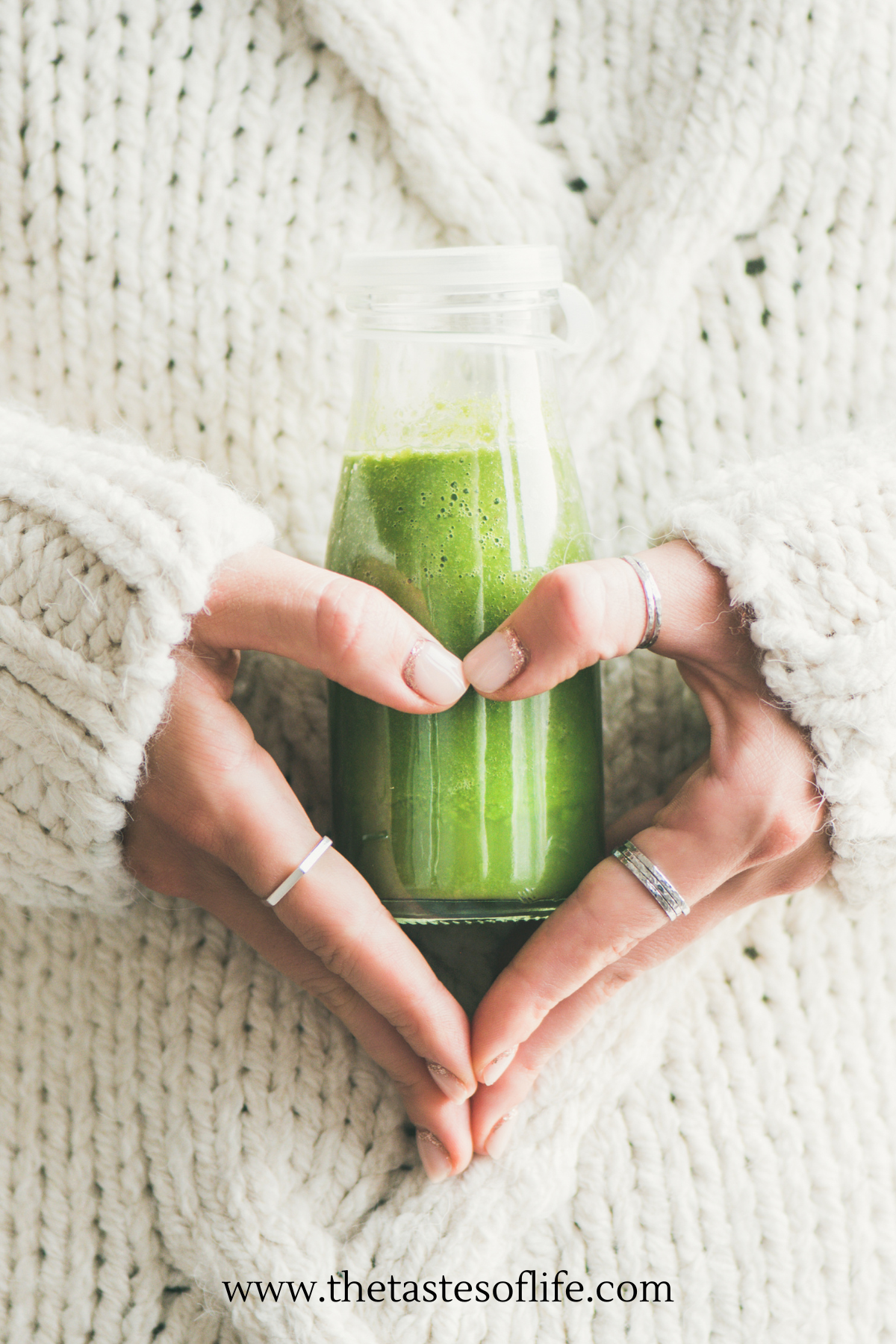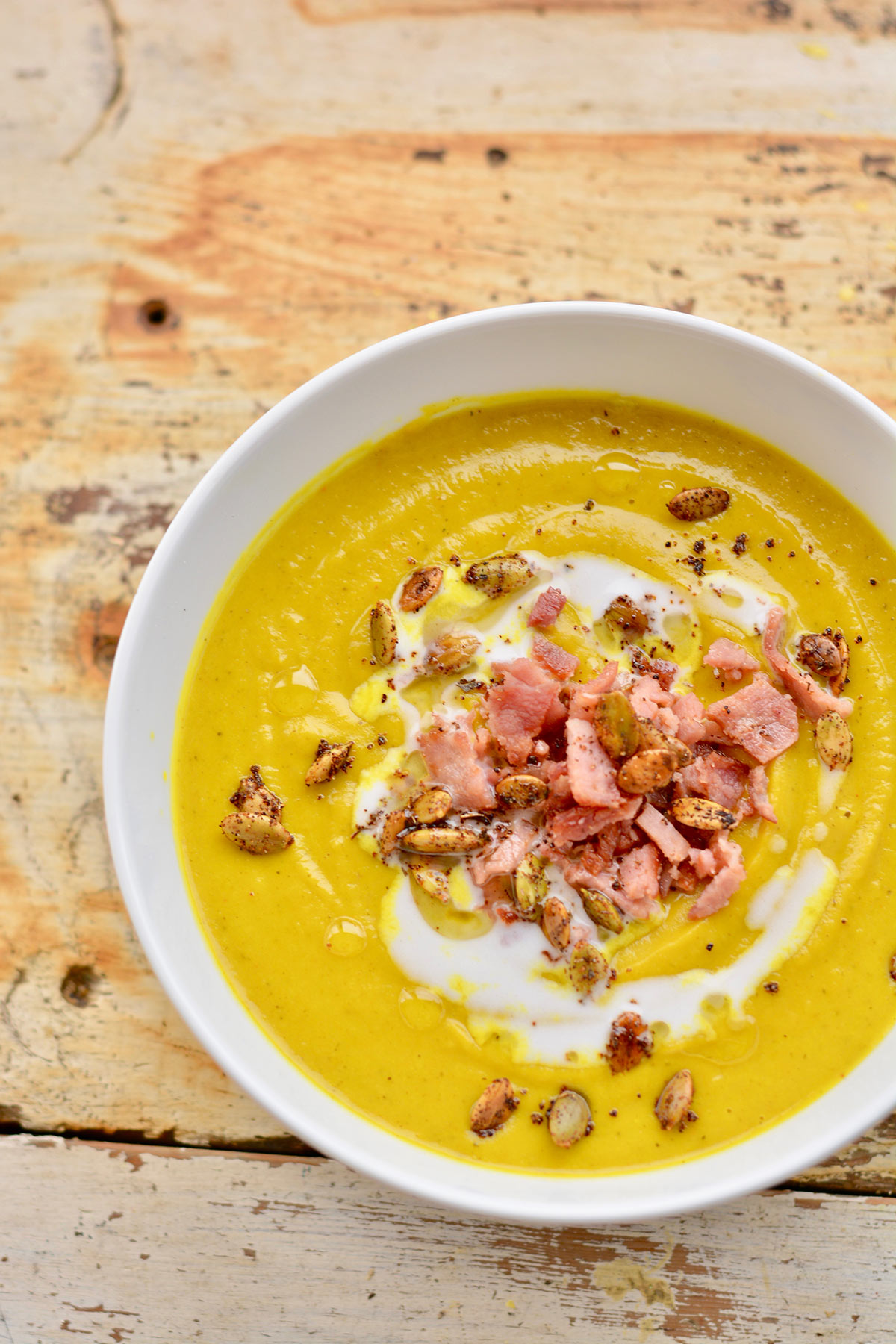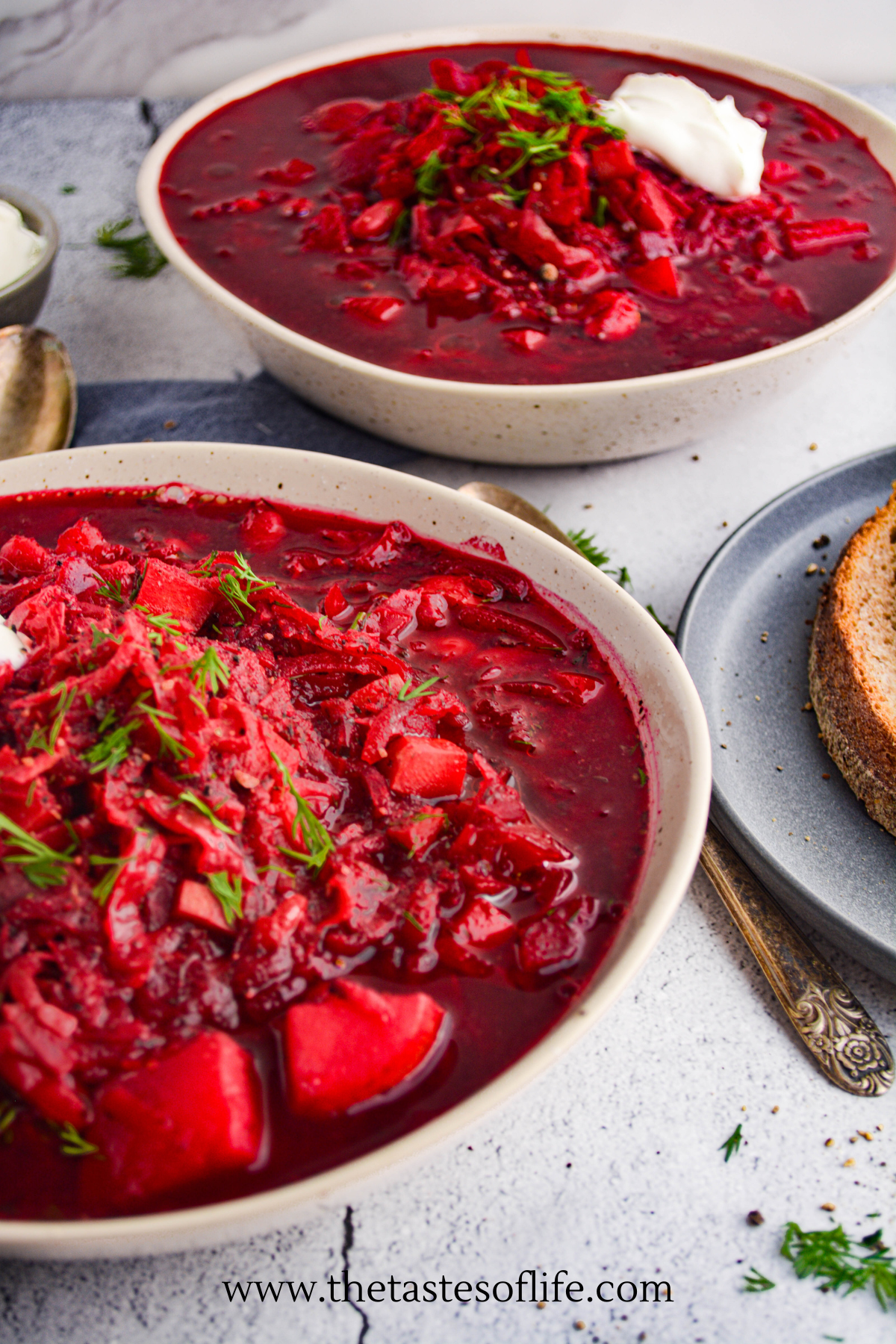A Practical Guide For Cooking With Fresh Herbs

The Power of Cooking with Fresh Herbs
Herbs are an easy way to add life to bland and boring dishes. As such, they’re the secret weapon to make your dish stand out and impress your family and friends. These flavorful little plants add life to every bite.
Pairing cooking herbs with dishes is an art that can elevate the flavor of a dish to new heights. Whether you are a novice cook or an experienced chef, understanding the basics of herb pairing can help you create delicious and flavorful meals. In this article, we will explore the various types of herbs and their uses and provide tips on pairing cooking herbs with dishes.
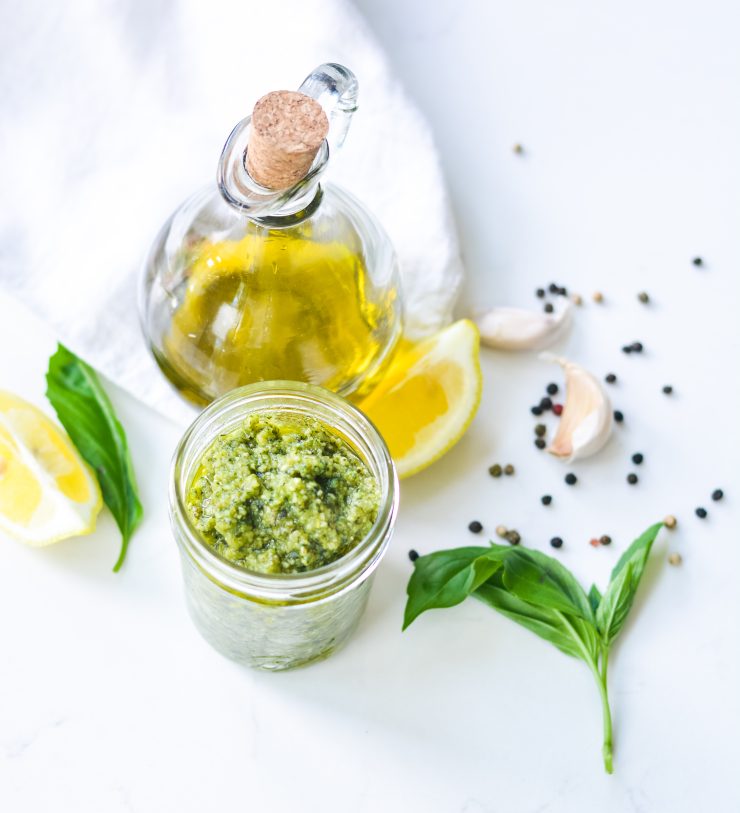
Types of Herbs
Before diving into pairing herbs with dishes, let’s take a look at the types of herbs that are commonly used in cooking:
- Fresh Herbs: Fresh herbs are the leaves of plants used in cooking. They are often added to dishes at the end of the cooking process or used as garnish. Examples of fresh herbs include basil, parsley, cilantro, mint, and dill.
- Dried Herbs: Dried herbs are the leaves of plants that have been dried and ground into a powder. They are often used in dishes requiring longer cooking, such as stews and soups. Examples of dried herbs include thyme, rosemary, oregano, and sage.
- Spices: Spices are the dried seeds, roots, or bark of plants used in cooking. They are often used in dishes requiring longer cooking time or for flavoring rubs and marinades. Examples of spices include cinnamon, cumin, turmeric, and paprika.
Cooking herbs are essential ingredients used in various dishes and cuisines worldwide. These herbs not only add flavors but also offer several health benefits.
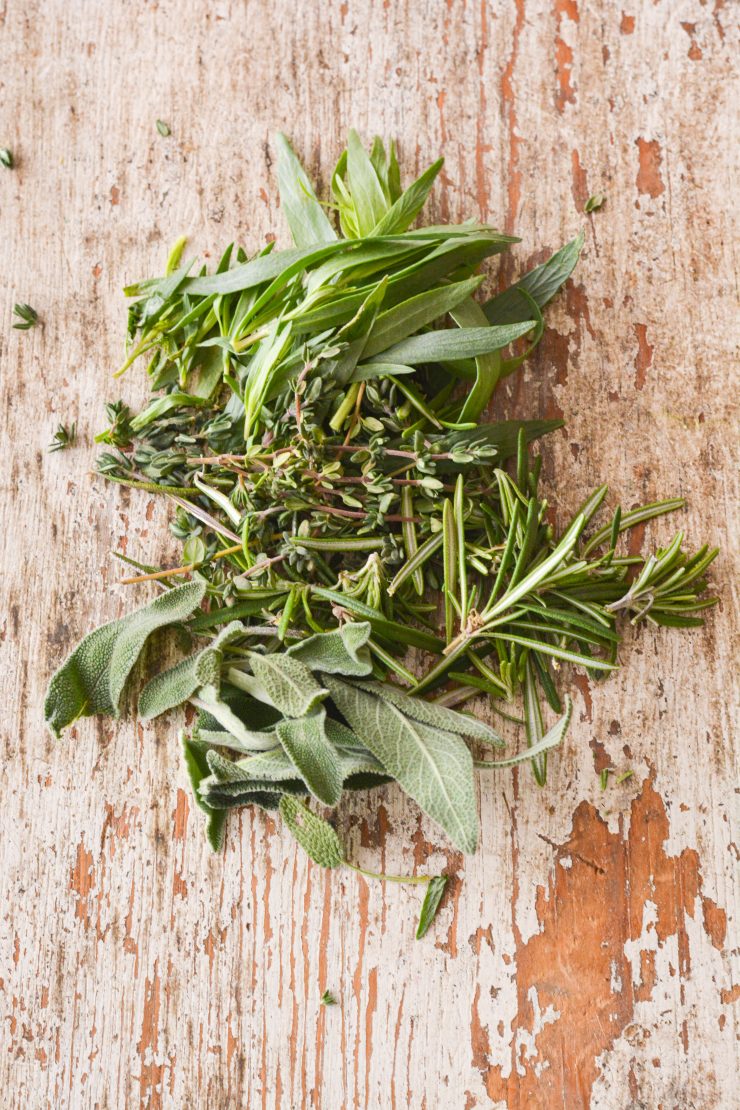
Cooking and pairing herbs with dishes:
- Basil: Basil is a fragrant herb that belongs to the mint family. It has a sweet and slightly peppery taste and is commonly used in Italian, Thai, and Mediterranean cuisine. Its sweet, slightly peppery flavor adds depth to sauces, salads, and pasta dishes. It is an excellent source of vitamin K, which plays a vital role in blood clotting and bone health.
- Thyme: Thyme is a popular herb with a pungent, earthy flavor. It is often used in stews, soups, and meat dishes. Thyme is also known for its antibacterial and antifungal properties, making it a useful herb for medicinal purposes.
- Rosemary: Rosemary is a woody, evergreen herb with a fragrant aroma and a slightly bitter taste. It is commonly used in Mediterranean cuisine. It is slightly bitter and pungent and pairs well with roasted meats, vegetables, and bread. Rosemary is also a rich source of antioxidants, which can help protect the body from damage caused by free radicals.
- Sage: Sage is an herb with a savory, slightly peppery taste. Its earthy, slightly bitter flavor adds depth to pasta dishes, stuffing, and roasted meats. It is commonly used in stuffing and pairs well with poultry, pork, and beef. Sage is also known for its medicinal properties and is believed to have anti-inflammatory and antimicrobial effects.
- Oregano: Oregano is a herb with a pungent, slightly bitter taste. Its bitter, peppery flavor pairs well with tomato-based dishes, pizza, and grilled meats. It is commonly used in Italian and Mexican cuisine and pairs well with tomato-based dishes. Oregano is also a rich source of antioxidants and is believed to have antibacterial and anti-inflammatory properties.
- Parsley: Parsley is a mild-flavored herb commonly used as a garnish. Its slightly bitter, peppery flavor adds freshness to salads, soups, and pasta dishes. It is also used in Mediterranean and Middle Eastern cuisine and pairs well with fish and meat dishes. Parsley is a rich vitamin K source and is believed to have anti-inflammatory and antioxidant properties.
- Dill: Dill is an herb with a unique, slightly sweet taste. Its slightly sweet, slightly tangy flavor pairs well with fish, potatoes, and pickles. It is commonly used in Scandinavian and Eastern European cuisine and pairs well with fish and vegetables. Dill is also a rich source of vitamin C, which can help boost the immune system.
- Mint: Mint is an herb with a refreshing, sweet taste. Its sweet, slightly tangy flavor adds freshness to salads, teas, and desserts. It is commonly used in Middle Eastern and Indian cuisine and pairs well with lamb and yogurt-based dishes. Mint is also known for its medicinal properties and is believed to have anti-inflammatory and antioxidant effects.
- Chives: Chives are a member of the onion family and have a mild, onion-like flavor. Their delicate, onion-like flavor adds freshness to salads, soups, and omelets. They are commonly used in salads and as garnish. Chives are rich in vitamin C and contain sulfur compounds, which may have antibacterial and anti-inflammatory properties.
- Cilantro: Cilantro, also known as coriander, is an herb with a fresh, citrusy taste. Its bright, citrusy flavor pairs well with spicy dishes, salsas, and curries. It is commonly used in Mexican and Indian cuisine and pairs well with spicy dishes. Cilantro is a rich source of vitamin K and is also believed to have anti-inflammatory and antioxidant properties.
- Bay leaves: Bay leaves are a herb with a distinct, pungent flavor. They are commonly used in soups, stews, and sauces. Bay leaves are also known for their medicinal properties and are believed to have anti-inflammatory and antimicrobial effects.
- Tarragon: Tarragon is a herb with a slightly sweet and anise-like flavor. It is commonly used in French cuisine and pairs well with chicken and fish dishes. Tarragon is a rich source of antioxidants and is also believed to have anti-inflammatory and antimicrobial properties.
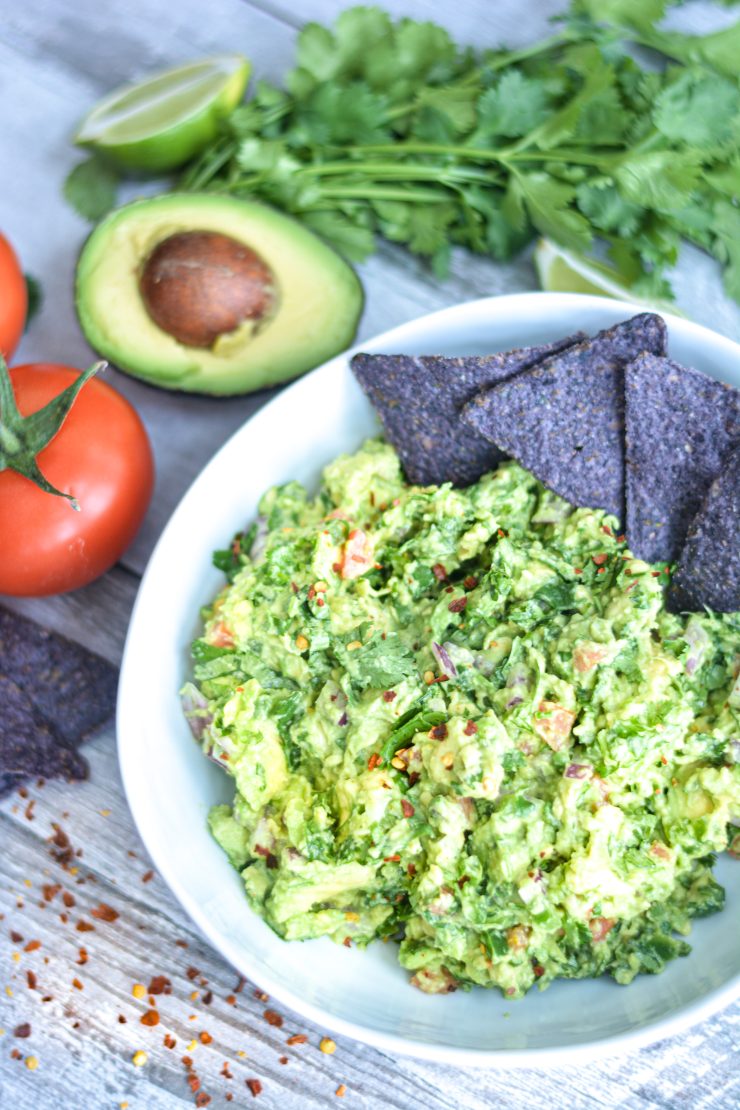
Quick recap
There are many herbs that can be used in cooking to add flavor and aroma to dishes. Here are some common herbs and the dishes they pair well with:
- Basil – Italian dishes like pasta and pizza, tomato-based dishes, salads, soups, and stews.
- Thyme – Chicken, beef, lamb, fish, soups, stews, and roasted vegetables.
- Rosemary – Roasted meats like chicken, beef, and lamb, roasted potatoes, and grilled vegetables.
- Oregano – Italian dishes, tomato-based sauces, soups, stews, and salads.
- Sage – Poultry dishes, stuffing, and roasted vegetables.
- Dill – Fish, seafood, salads, and pickled vegetables.
- Parsley – Soups, stews, and salads.
- Cilantro – Mexican, Indian, and Asian dishes, salsas, guacamole, and salads.
- Bay leaves – Soups, stews, and marinades.
- Chives – Omelets, soups, and potato dishes.
Remember that cooking with herbs is all about experimenting and finding what works for you and your taste preferences.
Let me know what do you think and leave a comment below and share a picture on Instagram with the hashtag #thetastesoflifeholisticblog
Try these dishes with herbs:
Pepitas, cilantro pesto with veggie noodles
Yellow pepper bisque and cashews gremolata
Yum
